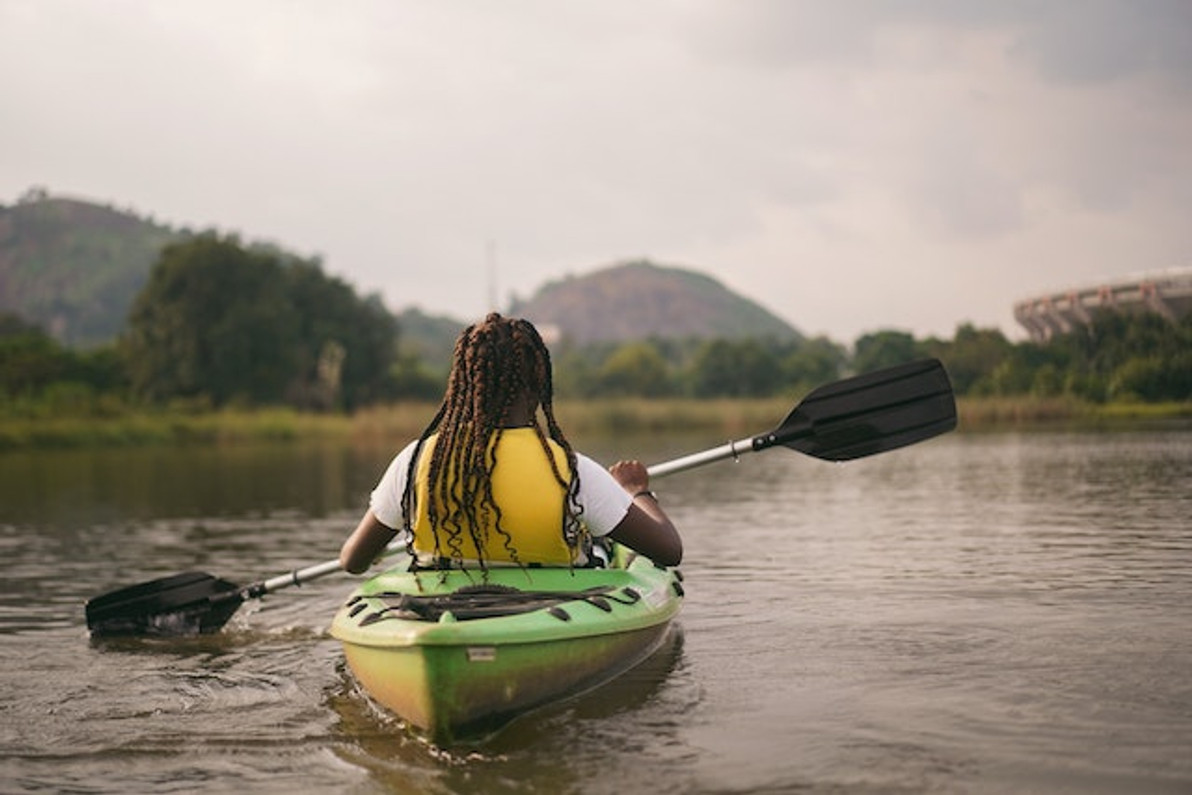How to Choose a Life Jacket: What You Should Know
When heading to the ocean, lake or any other body of water, you should bring a life jacket. The U.S. Centers for Disease Control and Prevention (CDC) says that roughly 4,000 people die each year in the United States from drowning. An additional 8,000 people per year succumb to nonfatal drownings. As a floatation device, a life jacket will protect you from drowning, but you'll need to choose the right. Here are several things to consider when choosing a life jacket.
Make Sure It Fits
You should choose a life jacket that fits properly. Life jackets are available in different sizes. Some of them are designed for kids, whereas others are designed for adults. Even adult life jackets, though, come in different sizes. If it's too big, you may slip out of the life jacket while wearing it. If it's too small, on the other hand, it may not provide sufficient buoyancy to keep you afloat in the water.
Inflatable vs Noninflatable
All life jackets fall under one of two categories: inflatable or noninflatable. Inflatable life jackets are designed to inflate with air, whereas noninflatable life jackets are simply made of a buyout material that floats on the water.
Check the USCG Classification
One of the most important things to consider when choosing a life jacket is the United States Coast Guard (USCG) classification type. The USCG has five classifications for life jackets, including Type 1, Type 2, Type 3, Type 4 and Type 5. Type 5 life jackets are the simplest and are designed for recreational activities like kayaking and water skiing. Type 1 life jackets, on the other hand, are more complex. They are typically used in search and rescue missions on the water.
Ensure Visibility
Something else to consider when choosing a life jacket is visibility. If you fall off your boat or watercraft, you'll want to ensure that others can easily see you. Fortunately, many life jackets are designed with bright colors or reflective strips to maximize visibility.
Look for Pockets
You may want to choose a life jacket with pockets. Most noninflatable life jackets feature one or more pockets. You can use these pockets to store small items. Some of them may even offer a waterproof seal. If you have a smartphone, for instance, you can place it inside of a waterproof pocket on your life jacket.
Recent Posts
-
Fire Safety in the Workplace: What You Need to Know
What steps are you taking to prevent fires in your workplace? According to the U.S. Occupational Saf …Aug 23rd 2023 -
Is It Safe to Go Jogging With a Cold Infection?
If you're suffering from a cold infection, you might be wondering whether it's safe to go jogging. T …Aug 22nd 2023 -
5 Safety Tips to Follow When Using a Powder-Actuated Tool
Powder-actuated tools are commonly used to join materials to steel and concrete. Also known as Hilti …Aug 20th 2023




